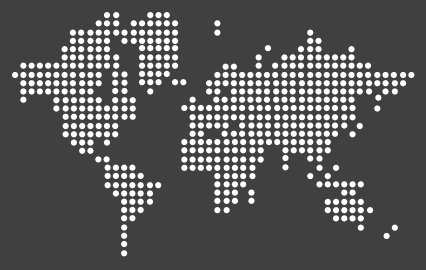2014 – 2010

In 2014, Plasmatreat wins the "GREEN GOOD DESIGN AWARD 2014" in the "Green Research / Technology" category in the USA for the environmental friendliness, economic efficiency and sustainability of its Openair-Plasma® pretreatment technology.
Around 2012, the company discovered the island and city-state of Singapore and opened a branch there for the South East Asia region.
With the use of Openair-Plasma® for direct glazing in automotive construction (Ford), Plasmatreat created another innovation on the world market in 2011 and became a license partner. The same year saw the official opening of the sales office in Birkenfeld, near Pforzheim and the southern German automotive industry.
2010 saw the launch of the PT-Release plasma coating, a joint project with system partner CeraCon for the release agent-free processing of PU plastics.
2009 – 2005

During 2009, the company expanded its presence in Asia and Europe, establishing subsidiaries in Shanghai, China and Istanbul, Turkey.
In 2007, the first industrial series application of PlasmaPlus® made it possible to use plasma coatings in series under normal pressure for cleaning and anti-corrosion coating of cast aluminum engine housings (ZF-TRW Automotive).
The Openair-Plasma® technology was used for the first time on a large scale in shipbuilding to bond the insulation of the world's largest LNG tankers (STX France) in 2006.
Between 2005 and 2006, further subsidiaries were established: the first subsidiary in the USA, in Elgin, and a subsidiary of Plasmatreat GmbH in Barcelona, Spain.
In 2005, plasma technology found its way into medical technology with the development of a process for sealing and disinfecting glass ampoules (ROTA).
2004 – 2000

In 2004, joint patents with VW AG, Wolfsburg, and Sika AG, Zurich, for the anti-corrosion coating of aluminum prior to bonding were registered and the subsidiary in Venice, Italy, was established.
The year before, Plasmatreat introduced fully digitalized generator technology, which increased the performance of the Openair-Plasma® jets and enabled continuous performance monitoring. The first large-scale application of atmospheric pressure plasma for structural bonding of refrigerated vehicle bodies (Schmitz Cargobull) also made this year special.
Around 2000, Plasmatreat set one of its greatest milestones with the invention of the rotating plasma jet. The first RD1004 rotating plasma jet is used to generate cold plasma. This plasma jet is particularly suitable for thermally sensitive and geometrically complex surfaces and materials. The patented rotation principle distributes the plasma effect evenly over the materials to be treated.
During this time, a worldwide network of subsidiaries was gradually established, e.g. through the acquisition of competitors or the establishment of own subsidiaries, e.g. in England, Japan, France and Canada.
1999 - 1995

The company grew steadily from 1999 to 1996, developing the revolutionary Openair-Plasma® technology and winning its first customers in the automotive industry, e.g. for the production of EPDM profiles or headlamps. Plasmatreat also developed the PlasmaPlus® plasma coating technology during this period.
The desire of Plasmatreat's first customer to pre-treat the adhesive groove of car headlamps in a fast, in-line process so that the adhesive used to bond the headlamps would hold reliably gave rise to an idea for which Christian Buske filed a patent in 1995: Plasma was now applied to the substrate with pinpoint accuracy using simple "open air" compressed air through a special jet. The new process not only made it possible to create completely new material combinations, it also eliminated the need for environmentally harmful solvent-based wet chemistry and low-pressure chambers. Water-based paint and adhesive systems could now be used. In addition, fine cleaning with plasma replaces costly washing processes and subsequent energy-intensive drying. The Openair-Plasma® process itself requires only simple compressed air and electricity.

